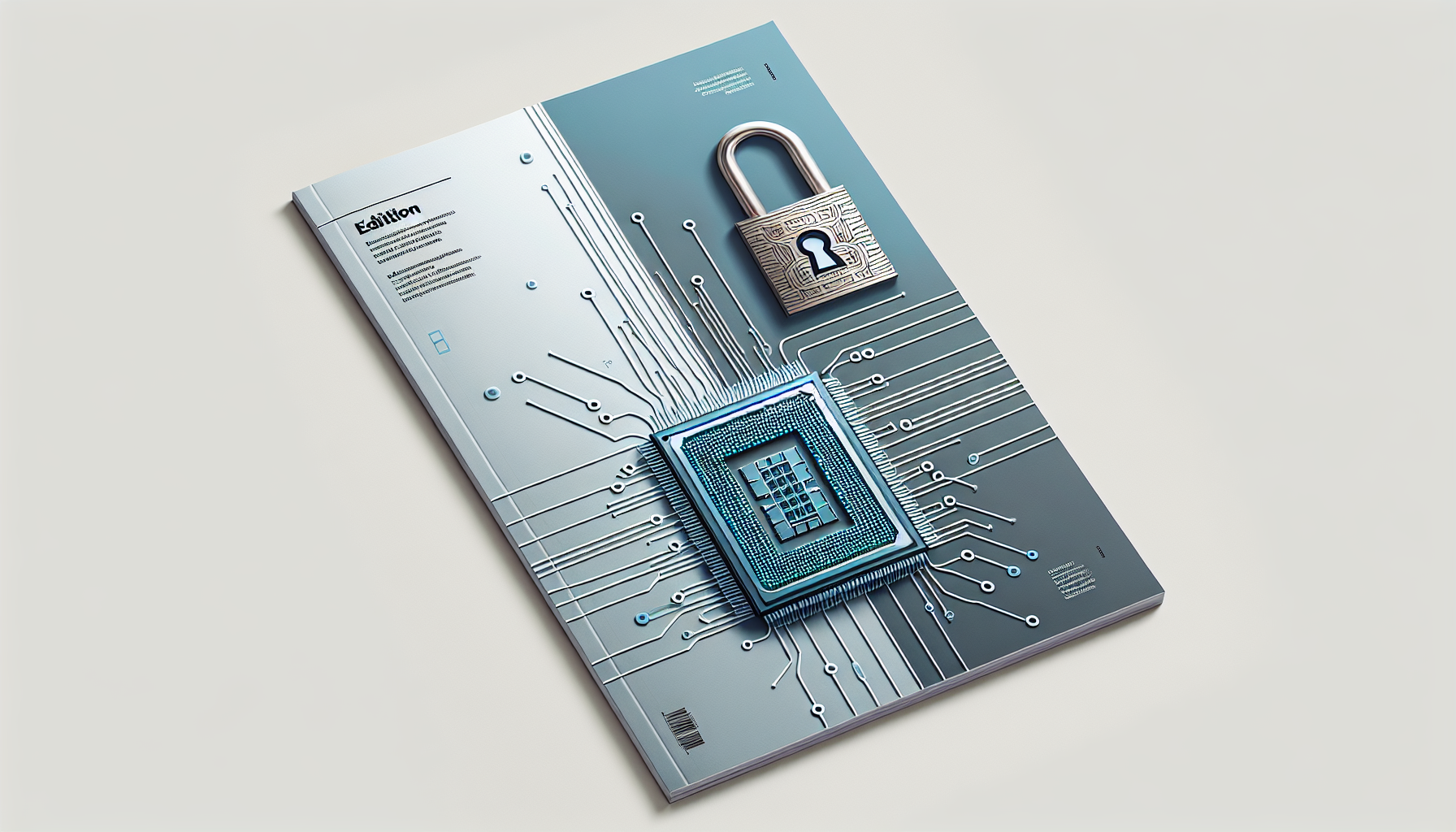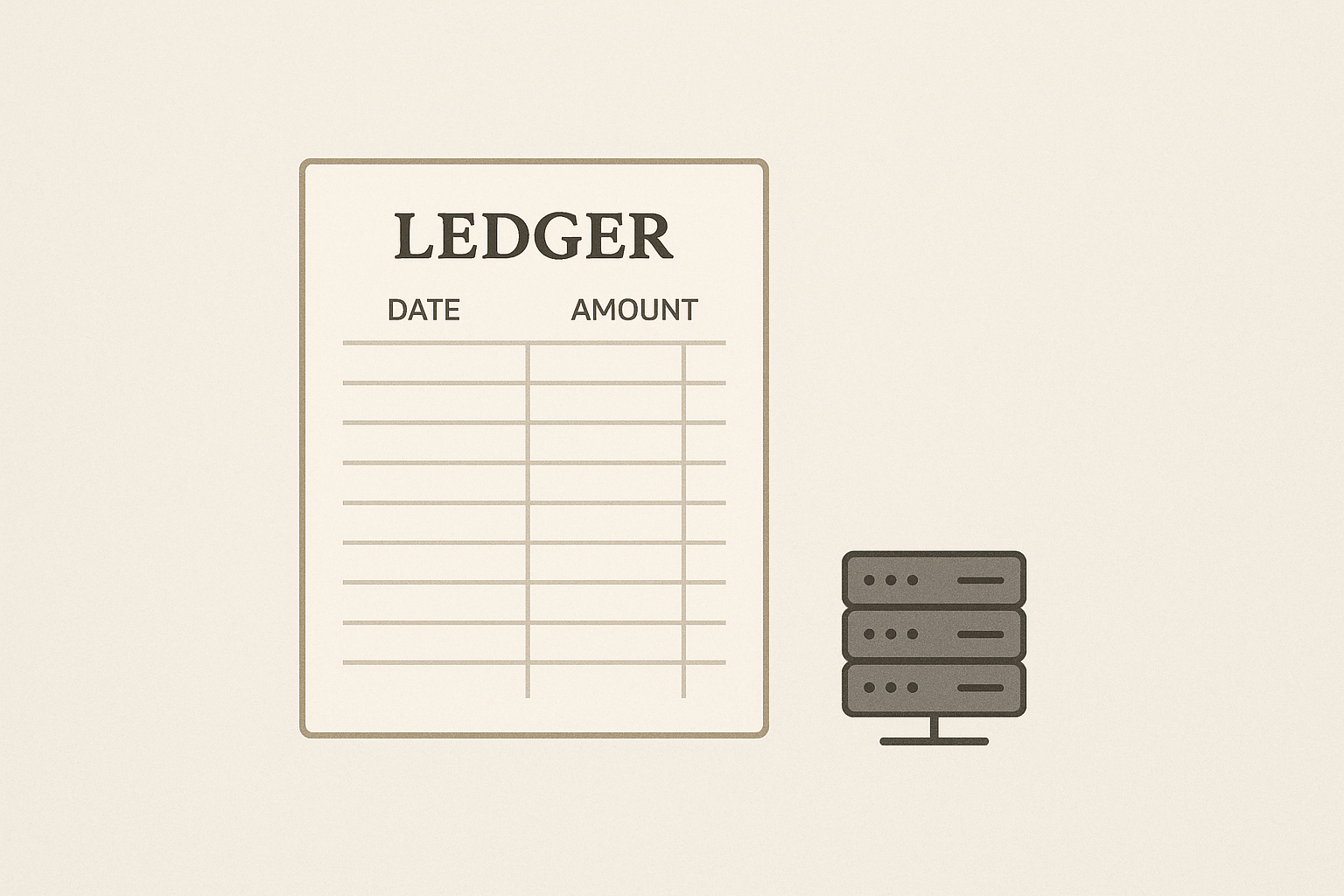Building Resilient Quantum-Resistant Cryptography for the Future
Prepare today’s systems for tomorrow’s quantum computing era with resilient cryptographic solutions.

Understanding the Quantum Threat Landscape
Quantum computing promises unprecedented computational power, but it also challenges traditional cryptographic systems essential for secure digital communications and data protection. With accelerating research in quantum algorithms like Shor’s, existing asymmetric cryptography such as RSA and ECC faces potential compromise. Building resilience through quantum-resistant cryptography is not just a precaution; it is foundational for long-lasting security.
Framework 1: Lattice-Based Cryptography Implementation
Lattice-based cryptography relies on hard mathematical problems considered resistant to quantum attacks. It offers versatile primitives including encryption, digital signatures, and key exchange mechanisms.
- Step 1: Select a standardized lattice scheme such as CRYSTALS-Kyber for key encapsulation or CRYSTALS-Dilithium for signatures.
- Step 2: Integrate the chosen scheme into your cryptographic libraries, ensuring compliance with NIST Post-Quantum Cryptography standards.
- Step 3: Perform rigorous testing with both simulated quantum attack vectors and extensive performance profiling to manage resource trade-offs.
<script type="application/javascript">
// Example: Simple Kyber-based key generation stub (pseudocode)
const { generateKeyPair } = require('pqcrypto-kyber');
async function createKeys() {
const { publicKey, privateKey } = await generateKeyPair();
console.log('Public Key:', publicKey);
console.log('Private Key:', privateKey);
// Implement secure storage mechanism here
}
createKeys();
</script>
Framework 2: Hybrid Cryptographic Models for Transitional Security
Hybrid models combine classical and quantum-resistant algorithms to maintain compatibility while enhancing future security.
- Step 1: Implement dual key generation incorporating classical and post-quantum keys simultaneously.
- Step 2: Design protocols that perform encryption or signing operations with both schemes, verifying both outputs for validity.
- Step 3: Gradually phase out classical reliance as quantum-resistant algorithms mature and gain trust.
Sample Strategy for TLS Hybrid Integration
<script type="application/javascript">
// Pseudocode snippet for hybrid TLS key agreement
function hybridKeyExchange(client, server) {
const classicalKey = classicalECDH(client, server);
const pqKey = pqCryptoKyberKeyExchange(client, server);
const combinedKey = hash(concat(classicalKey, pqKey));
return combinedKey;
}
</script>
Did You Know? Quantum computers at scale capable of breaking RSA-2048 could appear within two decades according to leading researchers, prompting urgent action for cryptographic agility.
Pro Tip: Begin integrating quantum-resistant algorithms now in isolated environments to build expertise before production rollout.Q&A: How can organisations future-proof security without legacy disruption? Adopting hybrid models and enabling cryptographic agility issues adaptable updates post-quantum breakthroughs.
Evening Actionables
- Set up local development environments with libraries supporting lattice-based and other quantum-resistant algorithms such as Kyber and Dilithium.
- Create a migration plan for critical systems prioritising hybrid cryptography to balance present and future security needs.
- Monitor updates from authoritative bodies like NIST on post-quantum cryptography for standardisation progress and best practices.
Implementing these quantum-resistant frameworks now is key to safeguarding digital infrastructures and maintaining trust far beyond the rise of quantum computing. For fundamentals on ethical AI design that dovetail with responsible innovation, see Designing Ethical AI Systems: Frameworks and Best Practices for Long-Term Responsibility.





Comments ()